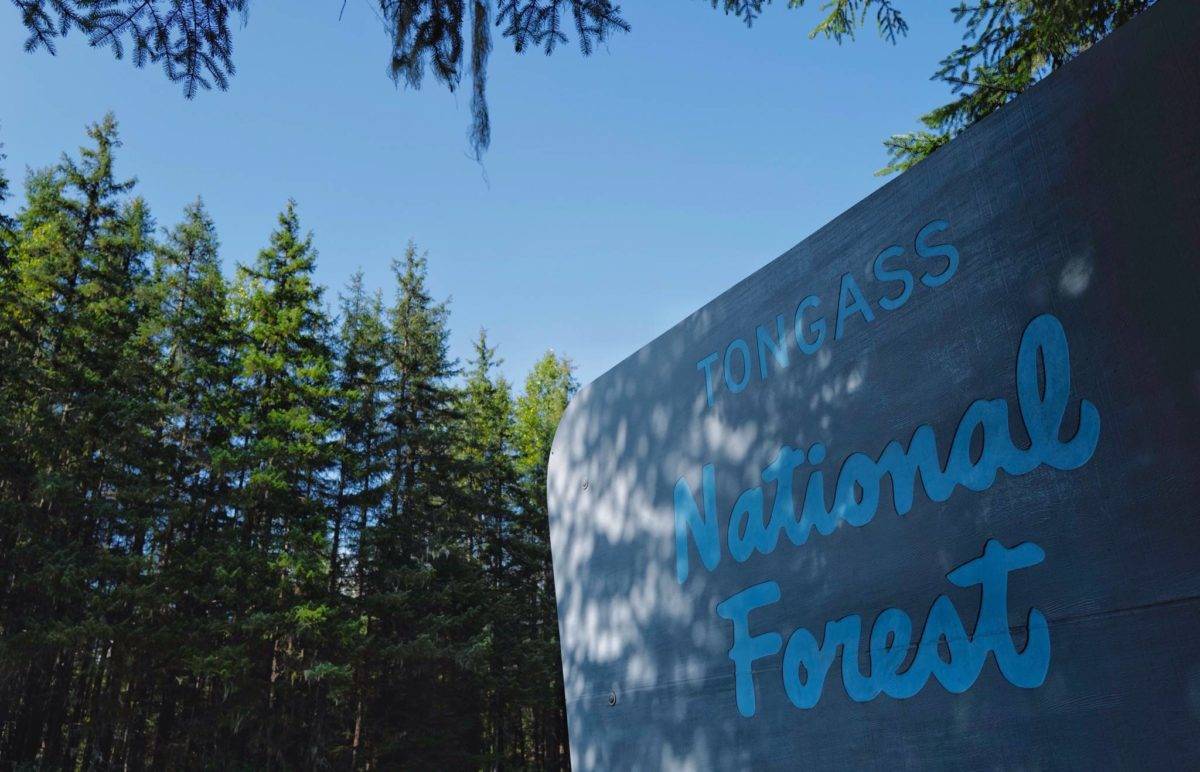By Catherine M. Mater
The surprise announcement that Sealaska Corporation has transitioned out of timber harvesting received a joyous response from many in the Alaska environmental community that believe the key economic focus for Southeast Alaska should remain in tourism and fishing. While other parts of Alaska have weathered the pandemic through growth in military installations and an explosive surge in the marijuana industry, at the end of 2020 the economic outlook for Southeast appears at a breaking point. The tourism industry has cratered — 80%-90% decline in revenue — and the recurring draught caused by climate change has created one of the worst fisheries seasons in Southeast history. Anticipating a quick ‘return to normal’ for the tourism industry seems highly problematic and unreasoned following this month’s announcement that the Alaska cruise season for 2021 has been canceled at least through February 2022 due to pandemic conditions. The cruise ban also applies to adventure-seeking pleasure crafts carrying more than 12 people.
But unlike other states caught in the pandemic gut punch with no options to quickly diversify, Southeast Alaska now has an industry option that would generate jobs not impacted by the pandemic. After more than six years of intensive research by three independent research organizations and a recently completed United States Forest Service forest inventory on the Tongass, it’s clear that a reinvented forest products industry focused on young-growth harvesting can be immediately implemented while setting aside old-growth forests for permanent carbon reserves. After timber cruising almost 40,000 acres of young-growth forests on the Tongass from 2016-2019, the USFS presents the best case yet for reinventing the forest industry based on a young-growth transition. Setting a merchantable production threshold of 20,000 board feet per acre (20 mbf/ac) to be considered for harvest, here’s what we now know about how Tongass young-growth forests will perform. Six of the 12 areas inventoried in the Prince of Wales region house acres that either meet or exceed the merchantable production threshold of 20 mbf/ac. Of the approximately 10,000 acres cruised in these six inventory areas, almost 50% of acres met the production threshold with over 85% of threshold acres aged 45 to 69 years old. Separate young-growth inventory work conducted in 2018 by the USFS PNW Research Station produced even more encouraging results showing an average merchantable 38 mbf/ac for young growth acres aged 45 to 64 years old in the POW inventory area.
The Ketchikan inventory areas in Vallenor Bay, Gravina and Carroll Inlet showed that 83% of all 1,000 acres inventoried met the production threshold with 82% of threshold acres aged 45-69 years old. And of the more than 3,000 acres inventoried in the Petersburg and Wrangell areas, almost 70% of those acres met the production threshold with 92% threshold acres aged 45-69 years old.
Equally convincing, a 2016-2018 analysis of USFS GIS data shows that about 102,000 acres of young-growth acres in the same inventory areas detailed above are located within an 800’ buffer of currently operable forest service roads. These targeted young-growth acres exclude all environmental risk acres (karst, cave, beach, etc.) and are accessible for harvest starting at 55 years. With over 40 years of a continuous sustainable harvest level of ~ 2,200 acres per year, these harvested young growth acres will conservatively produce between 44 million board feet per year to 55 million board feet per year.
With China tariffs on log exports likely continuing, renovating existing wood processing operations in Southeast to accommodate processing the smaller young growth logs will be needed, but this can be done with minimal investment. The new White House administration will likely support reshaping a new forest products industry based on young-growth harvesting in Southeast. Outside investors are now seriously looking at Southeast Alaska for sustainable young-growth manufacturing project potential.
In 2013, then-USDA Secretary Tom Vilsack directed the Forest Service to transition out of old-growth logging to young-growth logging “as soon as possible.” To be clear, the directive was not to close the industry down. Eight years later, Vilsack is once again the Secretary of the USDA and his 2013 directive may have even more urgency now in protecting Alaska’s environment while creating hundreds of fulltime family wage jobs harvesting young growth stands that will survive ongoing pandemic times.
• Catherine M. Mater is president of Oregon-based Mater Ltd. and has served in the wood products industry for over four decades worldwide. She is the lead author of the three-year study to determine whether an accelerated transition to young-growth logging in the Tongass National Forest can be operable by 2020 (November 2016). She has served as a technical team member to the USFS PNW Research Station Technical Team on the Alaska Young Growth Wood Quality Pilot Project through 2020.Columns, My Turns and Letters to the Editor represent the view of the author, not the view of the Juneau Empire. Have something to say? Here’s how to submit a My Turn or letter.

